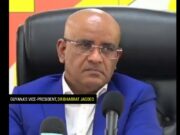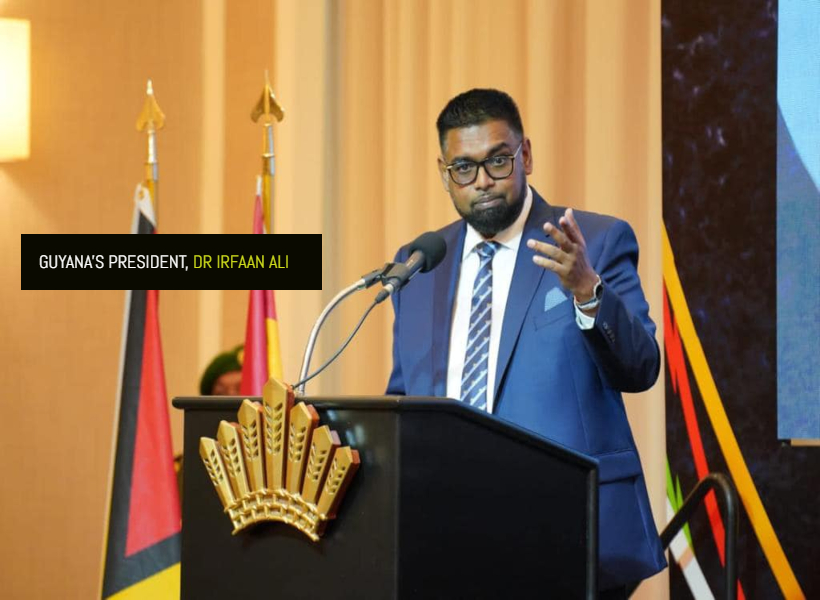The government has been exploring the utilisation of Very Small Aperture Terminals (VSATs) to facilitate online learning in schools in remote communities across the country, in an effort to make educational opportunities accessible to all children.
During a recent outreach in Kaikan, Region Seven (Cuyuni-Mazaruni), President Dr Mohamed Irfaan Ali announced that the government was looking at the satellite system to deliver equitable education in the far-flung areas.
VSATs are small, software-driven earth stations used for reliable transmission of data, video, or voice via satellite.
“We are doing a trial very soon as they did in Peru, especially for hinterland and far-flung areas where you are connected online on a learning platform,” President Ali had explained.
Minister of Education, Priya Manickchand, M.P noted that the government continues to look at innovative ways for education delivery.
“The hinterland schools are at a disadvantage because they can’t connect, and even if they are willing to pay privately, there are no services to connect them,” the minister said.
She added, “So, the government is looking at a range of options to see what is affordable, what is viable… might be what is effective, how we can deliver that kind of equity, and equality across the system, and VSAT is one of the things we are looking at.”
The initiative will complement the ministry’s quest to improve the delivery of education, and the learning experience of children in hinterland areas through the Guyana Learning Channel (GLC).
The expanded project has seen television sets being mounted in identified schools in Regions One, Seven, Eight, and Nine. Each school is outfitted with a solar panel system complete with batteries, and a satellite dish to ensure the channel can be accessed.
The intention is to ensure that all students can benefit from a channel that is dedicated to airing time-tabled educational content that aligns with the local curriculum for every grade. This will improve the level of blended learning that takes place within schools, whereby teachers can employ more audio-visual approaches to teaching.
The South American nation of Peru is among several countries utilising VSATs to connect thousands of Peruvian schoolchildren in an effort to reduce educational disparities in the country. The Kyrgyz Republic, a country in Central Asia, also partnered with the United Nations Children’s Fund (UNICEF) to connect one of the most remote schools in the country to the internet in 2020.(Department of Public Information)











